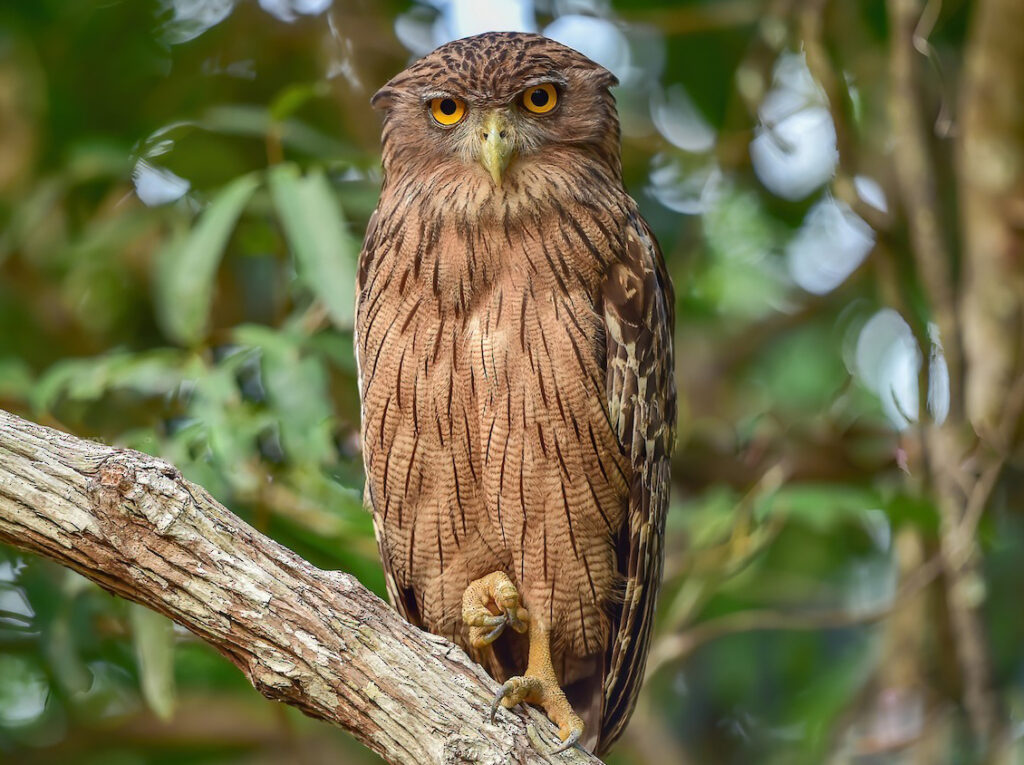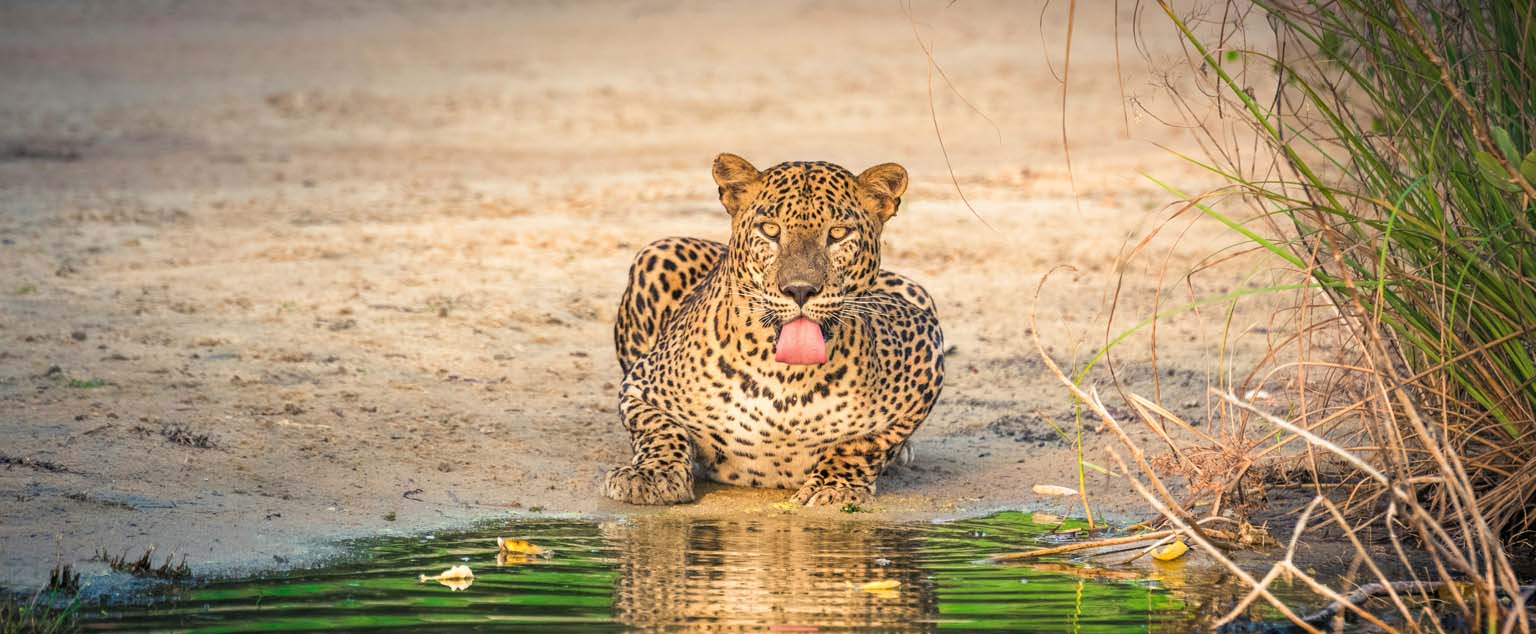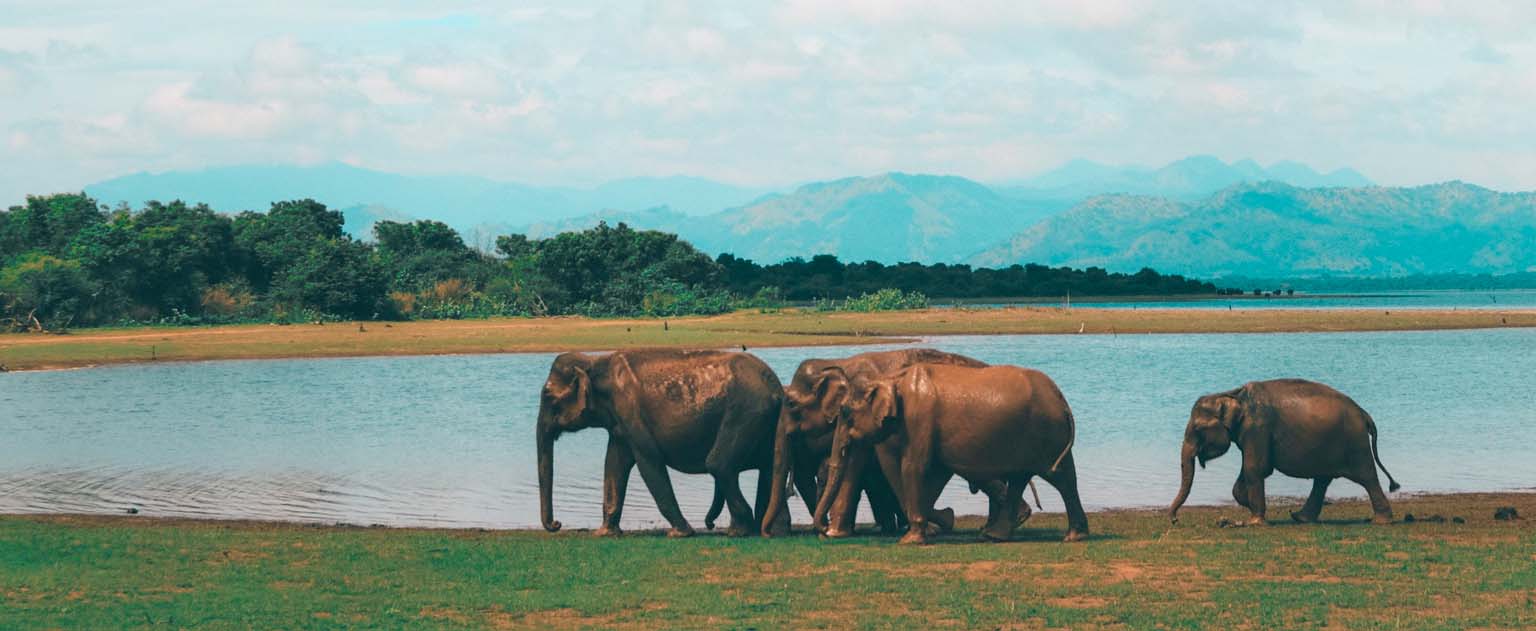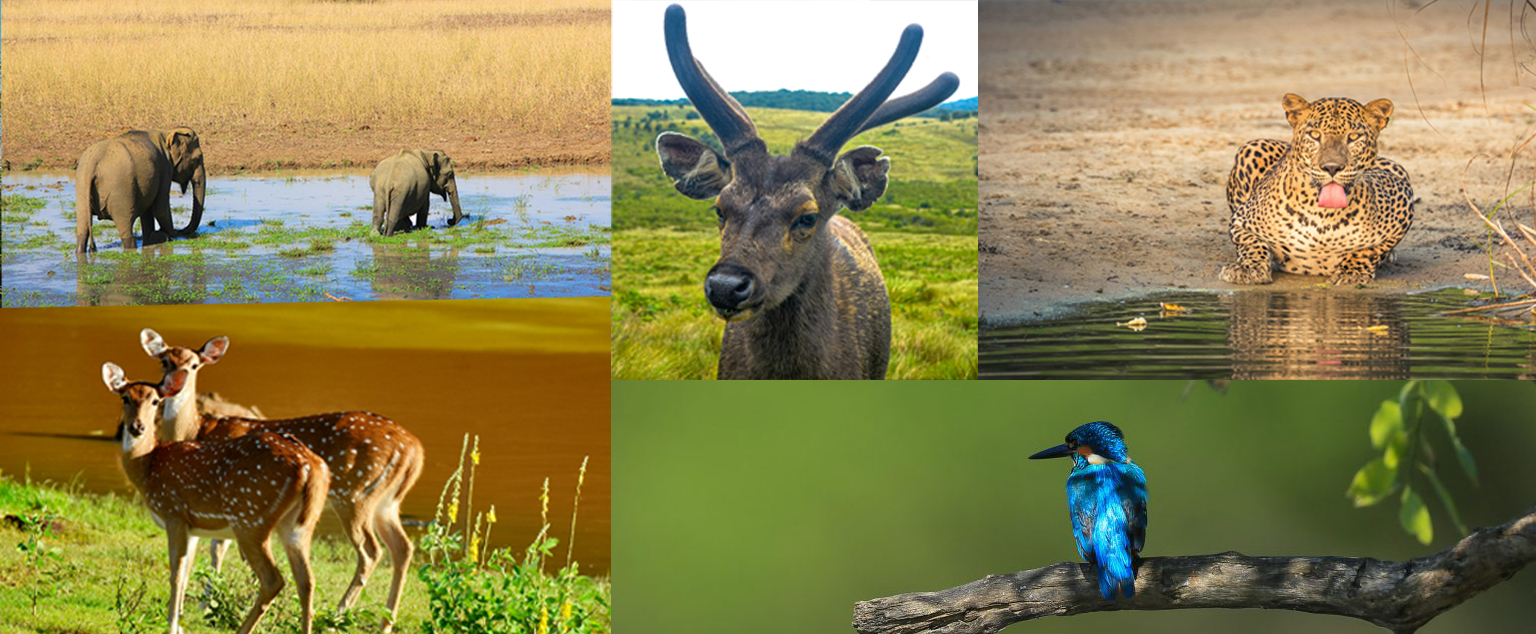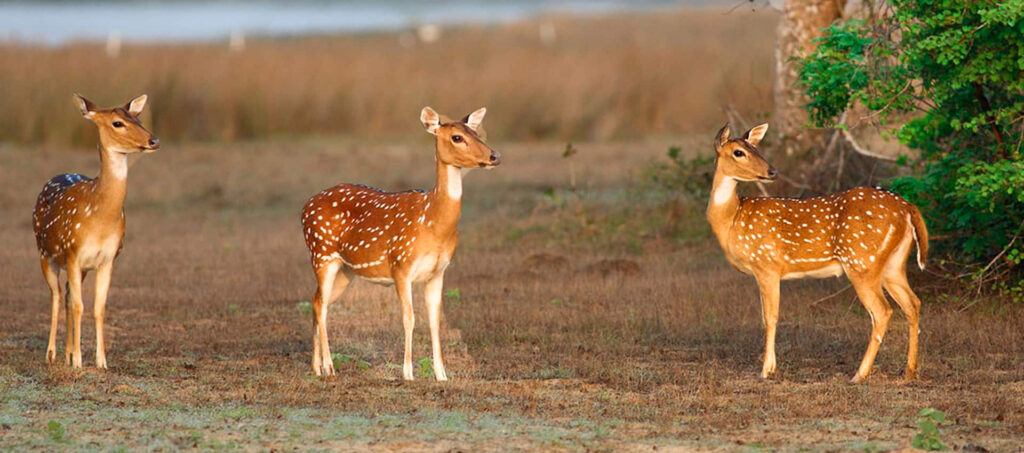
Wilpattu National Park
Wilpattu National Park, also known as විල්පත්තු ජාතික වනෝද්යානය in Sinhala, is one of Sri Lanka’s most beautiful national parks. This park, located in the lowland dry zone on the northwest coast, is the country’s largest and one of the oldest, covering 1,317 square kilometers (508 square miles). Wilpattu is around 180 kilometers (110 miles) north of Colombo, located just 30 kilometers (19 miles) west of Anuradhapura and 26 kilometers (16 miles) north of Puttalam.
Wilpattu is distinguished by its distinctive “Willus” – natural, sand-rimmed water basins that collect rainwater. These gorgeous natural lakes add to the park’s picturesque landscape while also providing an essential water source for the diverse animals. Wilpattu has roughly 106 lakes and tanks that range in elevation from sea level to 152 meters (499 feet).
Wilpattu is world-famous for its leopard population, Panthera pardus kotiya. From July to October 2015, the Wilderness and Wildlife Conservation Trust conducted a remote camera study in the core region, capturing photos of 49 leopards, indicating a density comparable to Yala National Park’s Block I and Horton Plains National Park. This makes Wilpattu a must-visit for wildlife enthusiasts and photographers keen to catch a glimpse of these majestic big leopards.
Wilpattu National Park stands out from other Sri Lankan national parks due to its greater forest cover. Wilpattu National Park’s topography consists of dry zone woods and thorny scrub, mixed with broad open grasslands, sand dunes, and the peculiar Villu wetlands. Wilpattu National Park is well-known as one of Sri Lanka’s best places to observe leopards.
Wildlife in the Wilpattu National Park
The Wilpattu National Park is home to roughly 30 different species of mammals, including the Sri Lankan Elephant, Sri Lankan Leopard, Lankan Sloth Bear, Sri, Spotted Deer, Buffalo, Sambar, and Mongoose.
Bird Watching in Wilpattu National Park
Wilpattu National Park, located on Sri Lanka’s northwest coast, is popular for wildlife enthusiasts, particularly bird watchers. This park, spanning 1,300 square kilometers, is distinguished by its distinctive “Willus” or natural lakes, which provide essential habitat for various bird species. Wilpattu’s diverse avifauna and gorgeous scenery make for an unforgettable bird-watching experience.
- Sri Lanka Junglefowl (Gallus lafayettii)
The Sri Lanka Junglefowl, one of Wilpattu’s most iconic residents, is also Sri Lanka’s national bird. Male Junglefowls are especially spectacular with their vivid red combs, golden-orange plumage, and long tail feathers, making them a must-see for anybody bird watching in Wilpattu. Females, albeit less vivid, are equally fascinating.
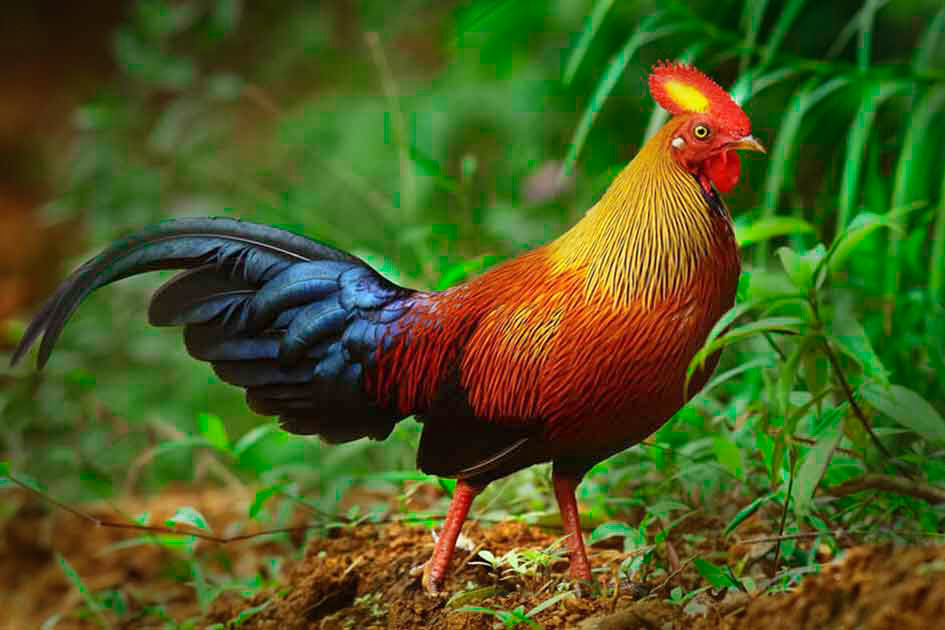
2. Sri Lanka Grey Hornbill (Ocyceros gingalensis)
The Sri Lanka Grey Hornbill, which is native to Sri Lanka, is another species that bird watchers in Wilpattu can expect to observe. This huge, grey bird with a characteristic bent beak is frequently seen in the park’s forested parts. Its role in seed dispersal is critical to the environment, bringing another degree of ecological complexity to the Wilpattu bird viewing experience.
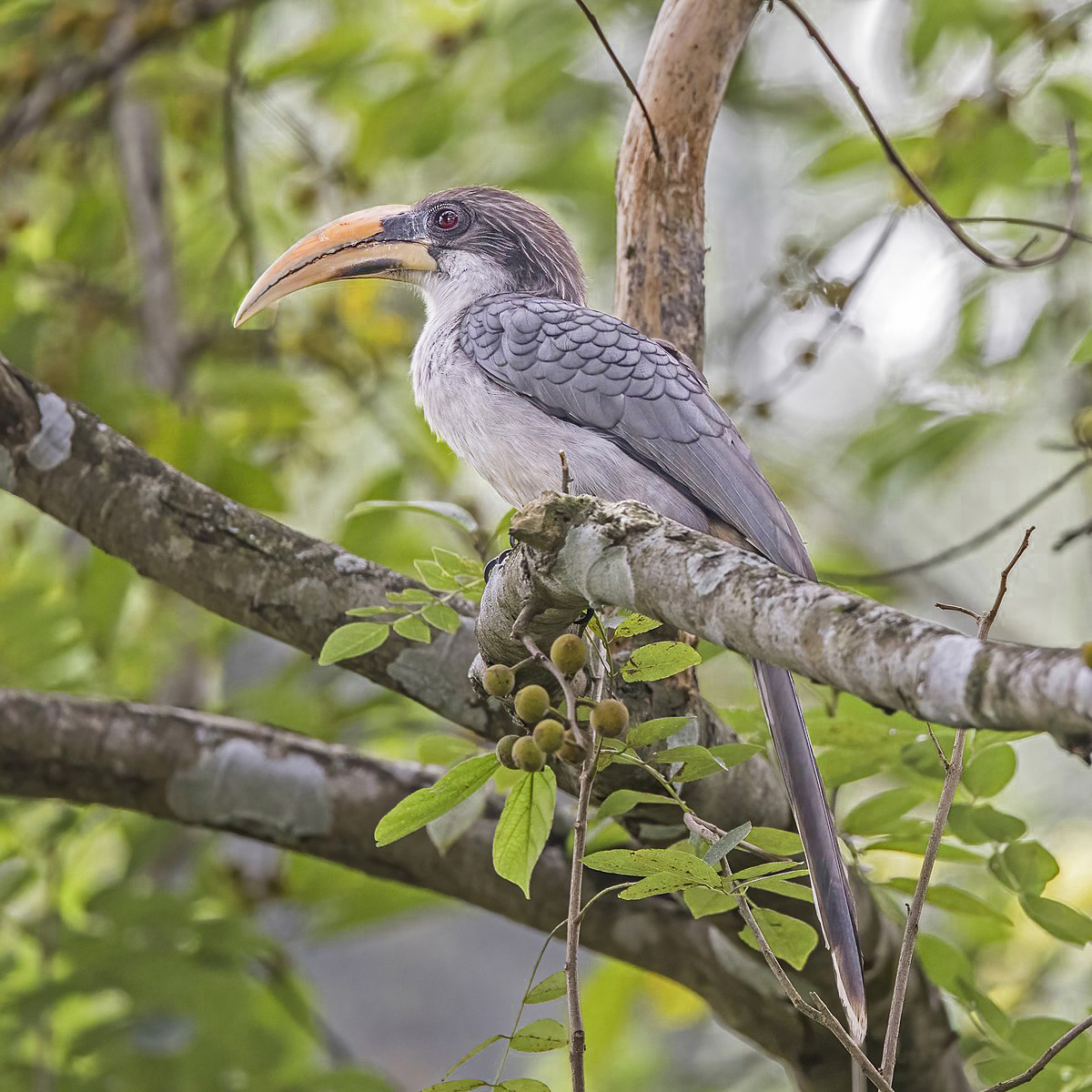
3. Malabar Pied Hornbill (Anthracoceros coronatus)
In Wilpattu, one can often see the Malabar Pied Hornbill, which has a huge bill and a casque. These birds, which are usually observed in pairs or small groups, search the trees for fruits and small animals to eat. Their unique appearance and behavior make them quite popular with Wilpattu bird watchers.
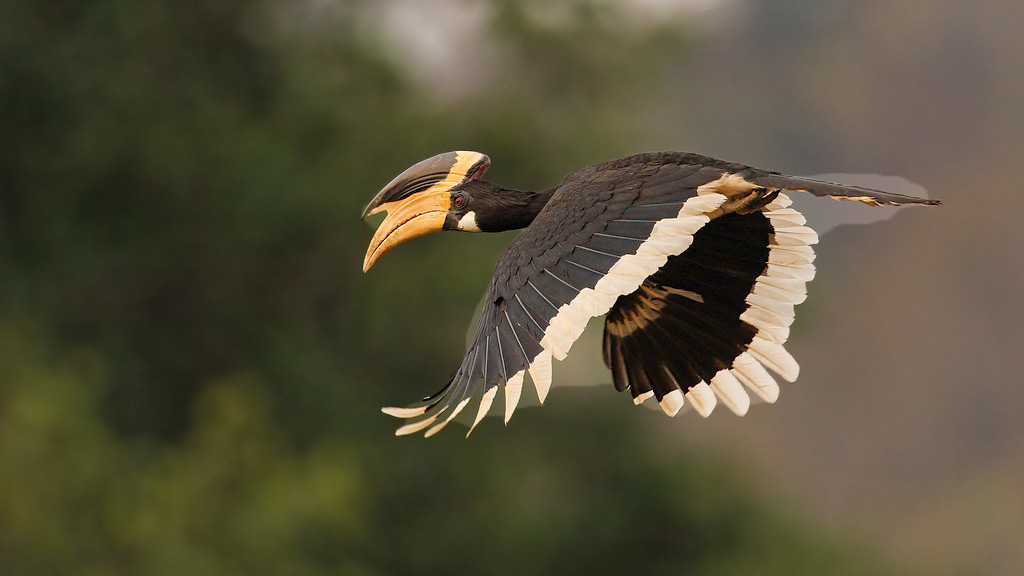
3. Brown Fish Owl (Ketupa zeylonensis)
The Brown Fish Owl finds perfect habitat in the wetlands of Wilpattu. This nocturnal predatory bird is frequently spotted close to bodies of water, where it hunts fish and amphibians. Those who go bird watching in Wilpattu are accustomed to hearing its powerful hooting noises at dawn and nightfall.
